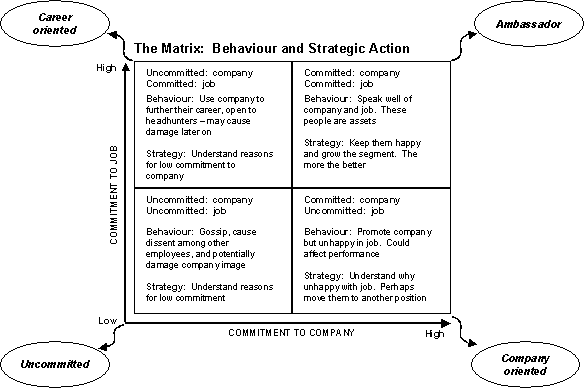Organisational behaviour study is a discipline that is gaining more and more important because organisations are becoming larger and more complex now than ever before.
Even though human behaviour inside organisations have been studied since the early days of the industrial revolution, most of these have focused solely on improving performance rather than understanding the complex feelings that human being possesses.
Hence organisational behaviour is the study of how people behave inside the organisations they work for and the factors that affect group and individual behaviour. “The term “organizational behaviour” refers to a collection of theory and research that focuses on individual and group attitudes, cognitions and behaviours in organizations.” (Organizational Behaviour: What is Organizational Behaviour and Who are We? 2008).
The study of OB is in fact a multi-disciplinary one and includes inputs from related socio-psychological fields like Psychology, Organisational Psychology, Social psychology, Sociology, Anthropology and Political science. (Organisational Behaviour (OB): Contributing Disciplines. P. 1).
This concept is even more relevant in an era of globalisation because the workforce in a particular country or organisation may consist of individuals from the host country as well as immigrant workers. Each region and country have different cultures and beliefs and these factors play a crucial role in determining organisational behaviour. Such differences can be beneficial as well as problematic and this paper will study the problematic aspects of organisational behaviour in Thai-Lay Fashion Company Ltd.
OB in Thai-Lay Fashion Company Ltd: There are around 250 employees in the company with most of them belonging to the host country of Hong Kong. There are a few migrant workers from countries like Thailand, Indonesia and China. But they are few in number and does not factor as a force in the total workforce. In other words, they go along with the majority of the workforce and behave in a similar manner at least inside the organisation. It should be said that on the whole, the workers are a problem-free group.
But the workers who are native to Hong Kong do create problems with their behaviour inside the company. The problem we found was that these employees are not enthusiastic about the work they do. This began to cause delays and poor quality of work from a relatively large section of employees. On analysis, it was found that the problem started in the manufacturing section and was initiated by a group of twenty employees.
While they did not encourage this behaviour among others, their style and way of functioning began to be noticed and copied by other employees especially those working in the same shift and building. This behaviour did not manifest itself until a significant slow down in production coupled with greater than average rejections from the quality control department began to happen. This was what caused the management to investigate the problem.
The supervisor in charge of the shift was found to be ineffective and hence the problem was not reported to the company. This behaviour even caused orders worth HK$ 200,000 to be rejected or cancelled within the span of two months. The management decided that appropriate action has to be taken and an expert on OB was consulted.
His explanation was that workers in countries like Australia, New Zealand, Hong Kong, Germany and Vietnam have a tendency to be positive about the company they work for, but are not enthusiastic about the work they do unless it suits them. This was based on a survey done on the working behaviour of employees in many countries. (Traditional Job Satisfaction is not Sufficient to Explain the Behaviour of Employees. 2003). The consulted provided a matrix that classified employee attitude and behaviour which was developed from the said survey.

(Traditional Job Satisfaction is not Sufficient to Explain the Behaviour of Employees. 2003). It was found that the original unenthusiastic employees belonged to the bottom right quadrant, i.e. they are committed to the company, but not to their jobs. The consultant suggested talking to these employees and also advised that the best option would be to transfer them to a job that suits them better.
The management talked to the employees and found that the design department suited them more than manufacturing. Those employees were duly transferred and their productivity improved as predicted. Once this group left the manufacturing department the level of commitment there too improved within a short period of time. The supervisor in charge at the time of the problem was given the job of store supervisor. A cultural problem unique to some countries including Hong Kong was solved in a manner that was beneficial to both Thai-Lay Fashion Company and its employees.
Bibliography
Organizational Behaviour: What is Organizational Behaviour and Who are We? (2008). McGill Desautels. Web.
Organisational Behaviour (OB): Contributing Disciplines. P. 1. Web.
Traditional Job Satisfaction is not Sufficient to Explain the Behaviour of Employees. (2003). TNS Research Surveys. Web.